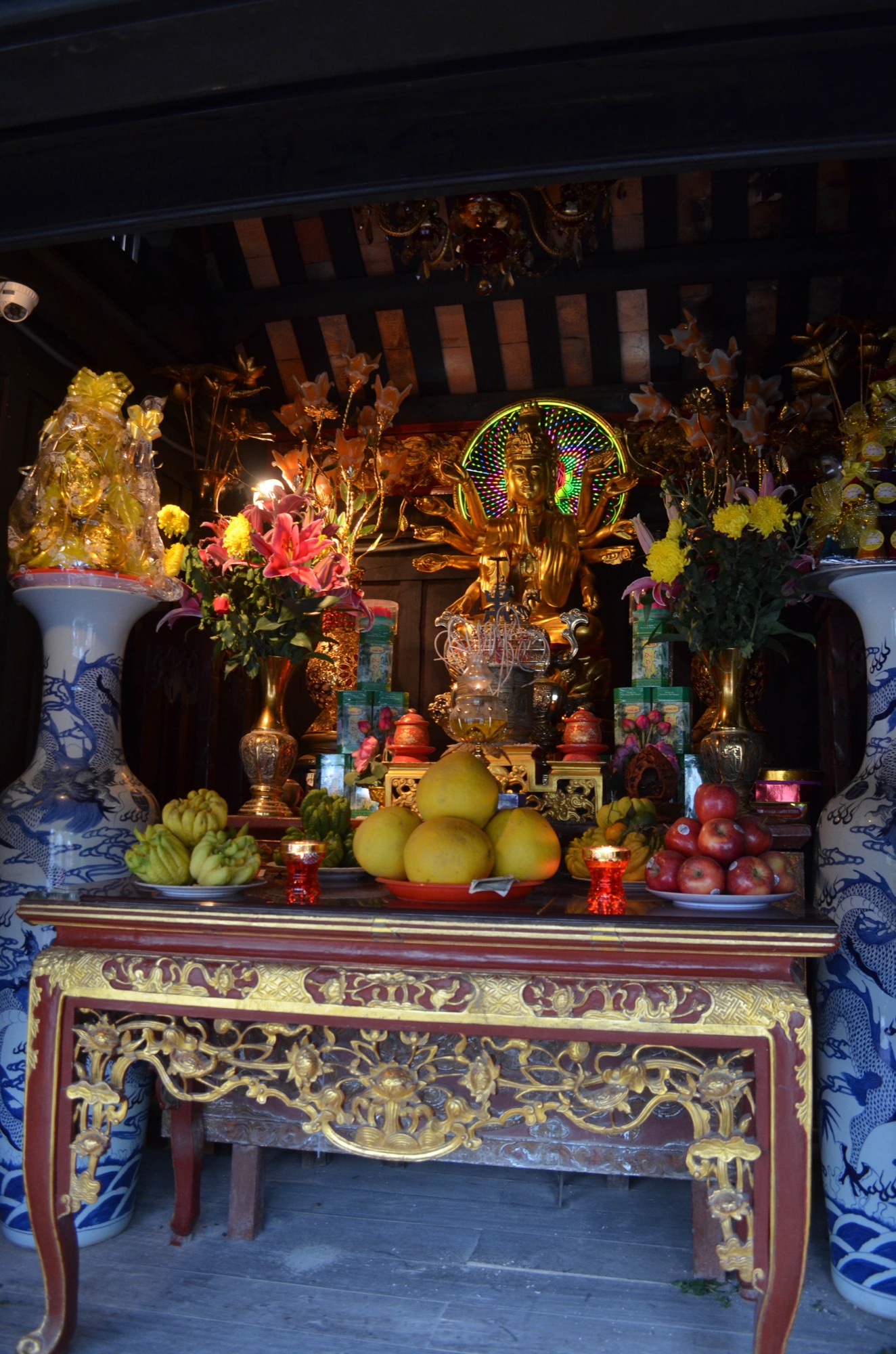Traditional Arts Museum
The traditional clothing styles of Laos were on display in this museum as well as some very interesting looms for weaving cloth.
The traditional clothing styles of Laos were on display in this museum as well as some very interesting looms for weaving cloth.
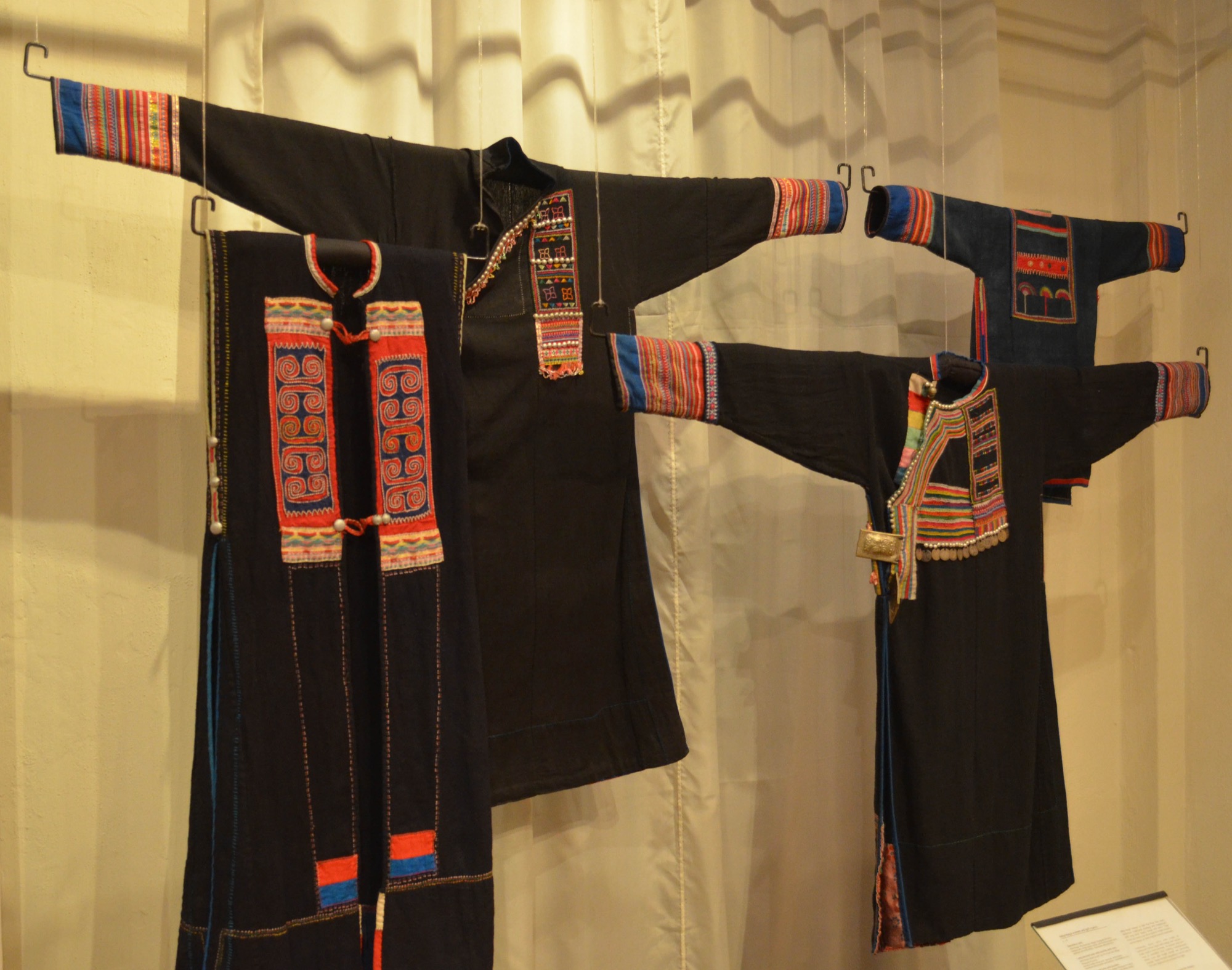
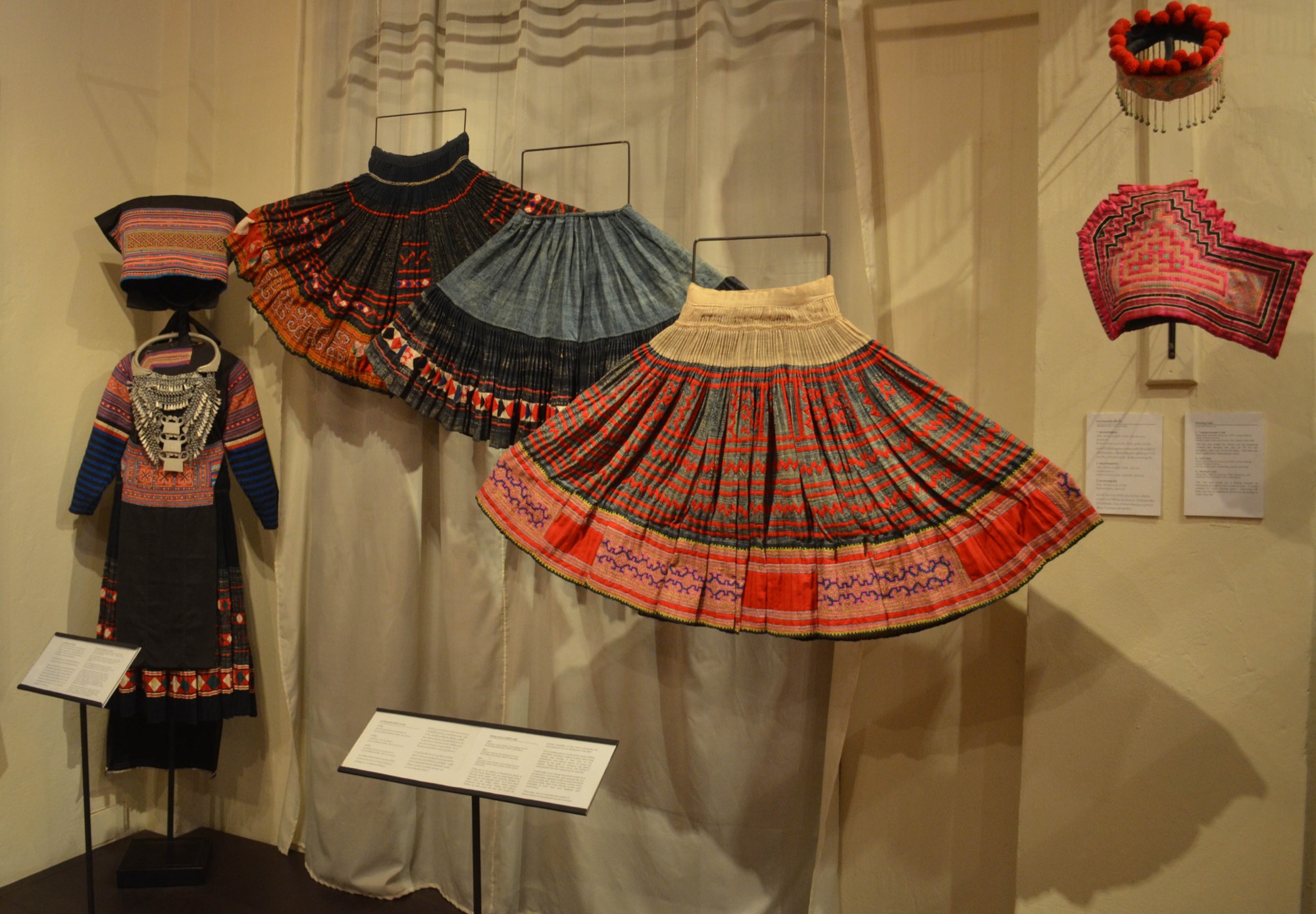

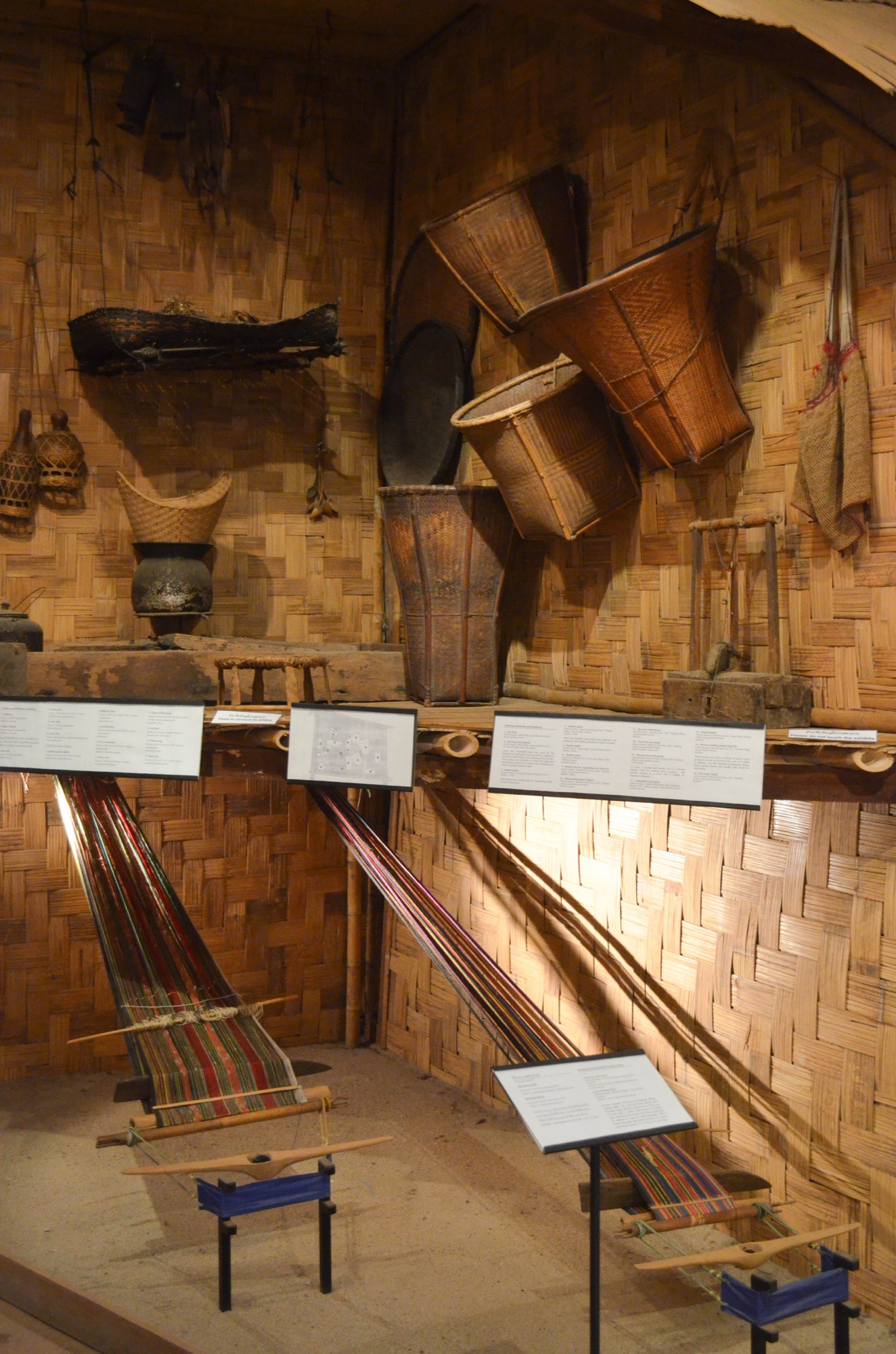
The royal palace, which is called Haw Kham, was built for King Sisavang Vong in 1904. Only two kings have ever occupied the palace, however, because the communist party overthrew the monarchy in 1975. The three headed elephant under the parasol above the front entrance to the palace is the symbol of the monarchy.



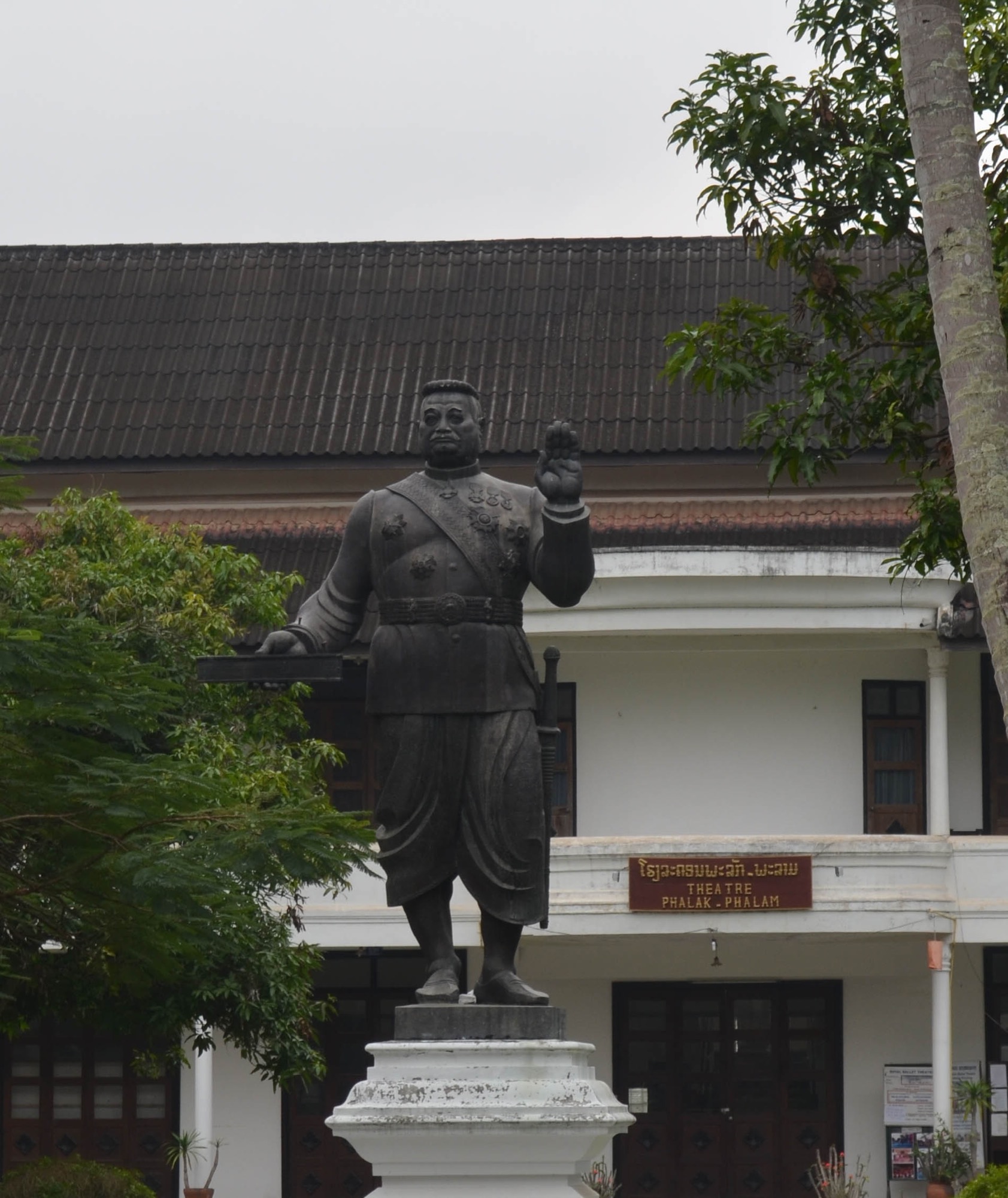
Haw Pha Bang, or the royal temple is located on the grounds of the royal palace. The temple is very ornate and has Naga serpent-like creatures extending across the handrails on the stairs to the entrance of the temple.
The temple was intended to be the resting place for the Pha Bang, an impressive Buddha statue from which the city of Luang Prabang took its name. The statue is about three feet tall and 90% gold. The statue has been stolen or moved so many times that no one is sure if the one in Laos is the original or a copy.







Phousi Hill, which is about 330 feet tall, is the site of Wat Cham Si, a Buddhist temple with a gilded stupa that is visible throughout most of the city below. The climb to the top is 328 steps, but the view on a clear day is spectacular.
Many people purchase small bamboo cages with birds that they carry up the hill. At the top, they make a wish and release the bird. This is supposed to bring good luck.



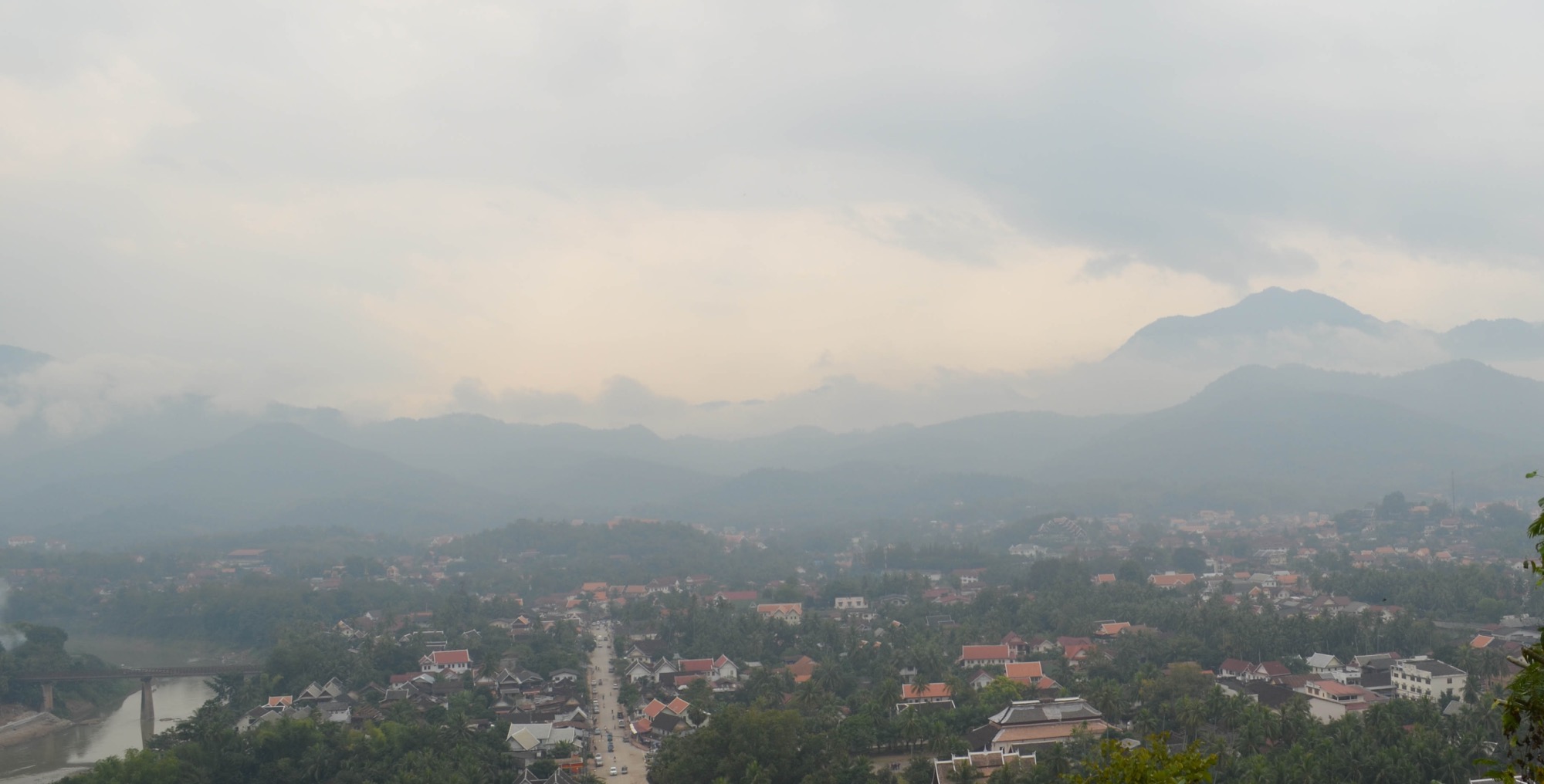
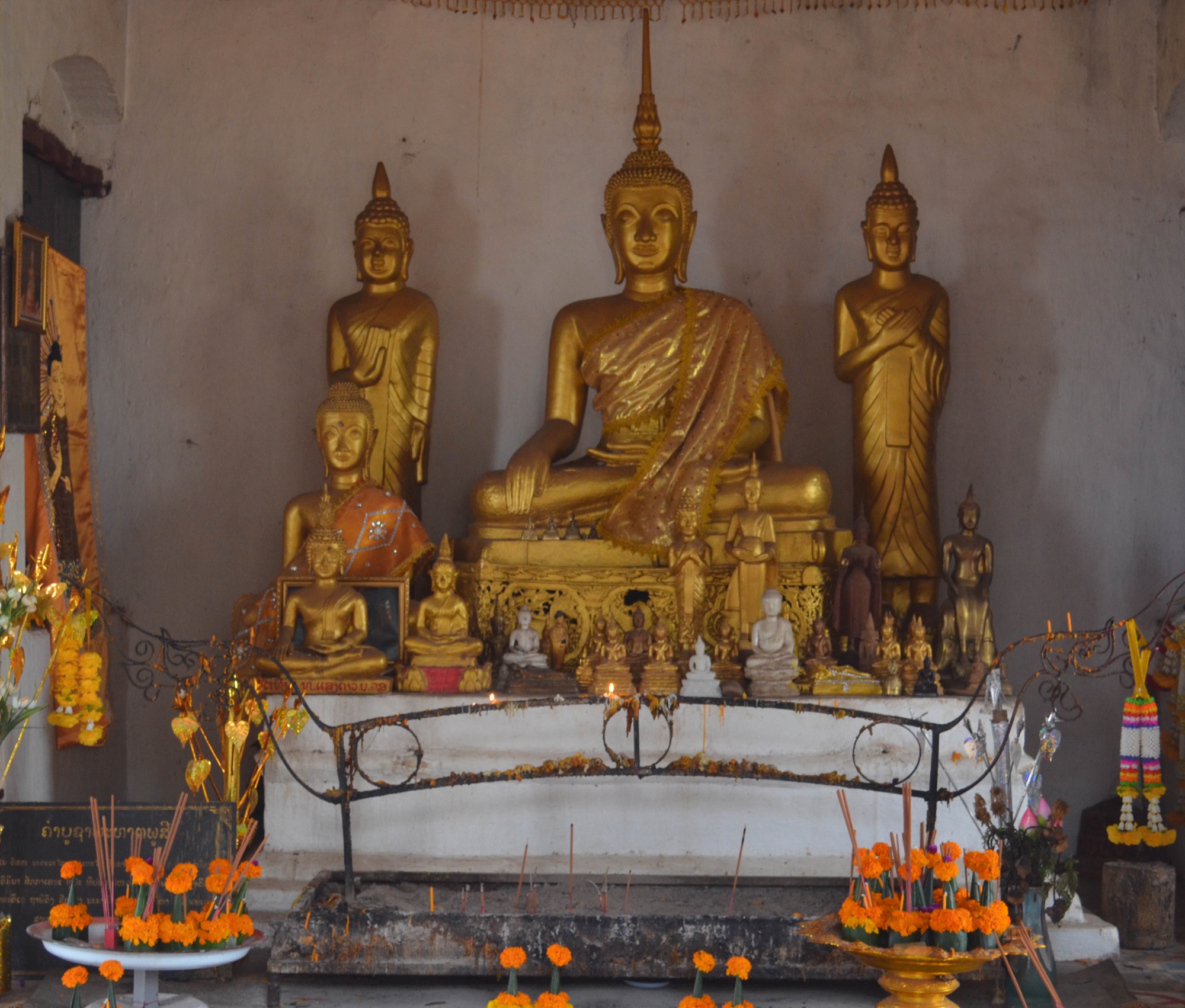
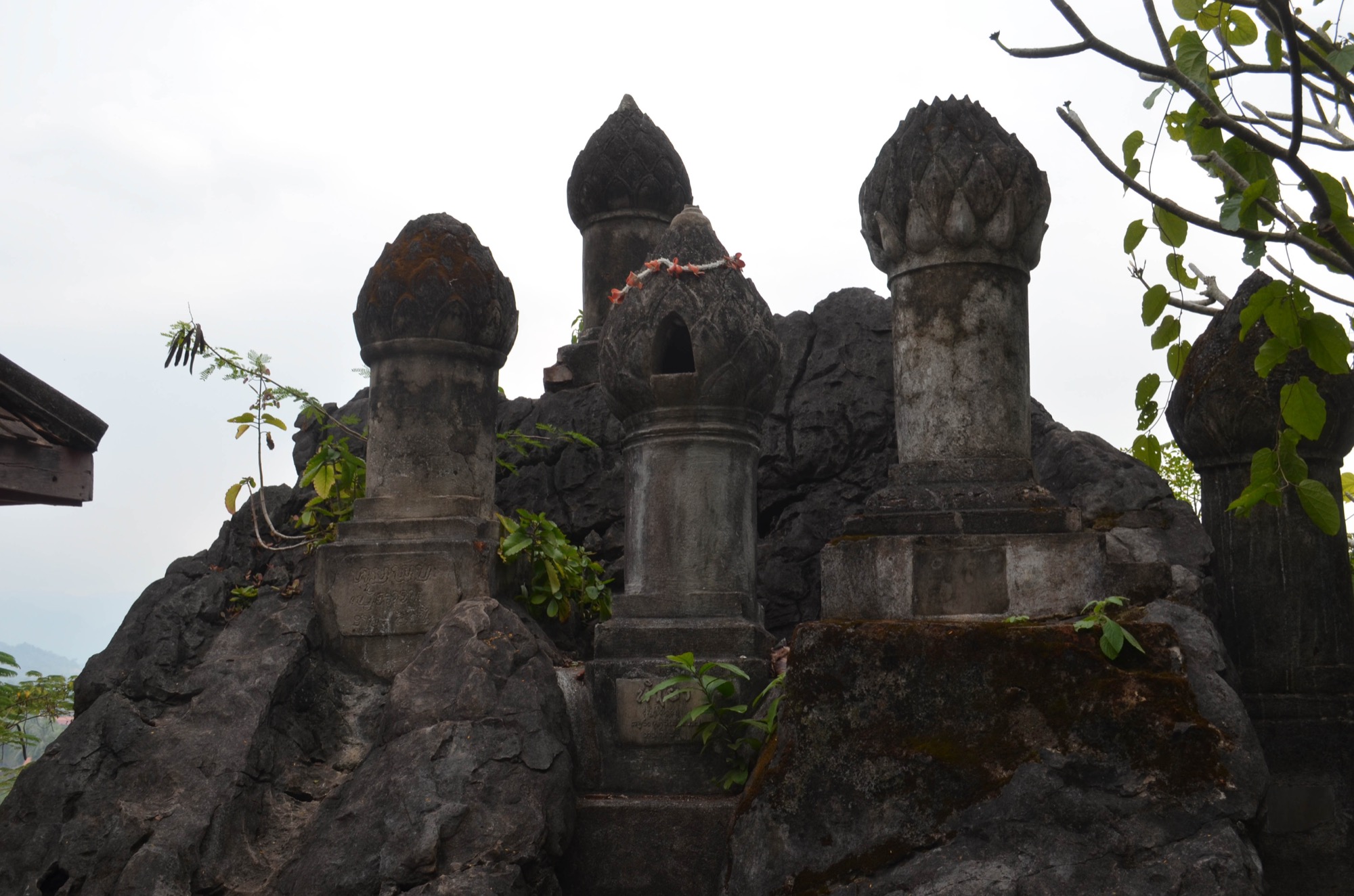
The climb down the back side of Phousi Hill is 355 steps and winds through an area with many small shrines and statues. Many of the golden statues were built in to alcoves in the rock and gave the appearance of having just grown there.
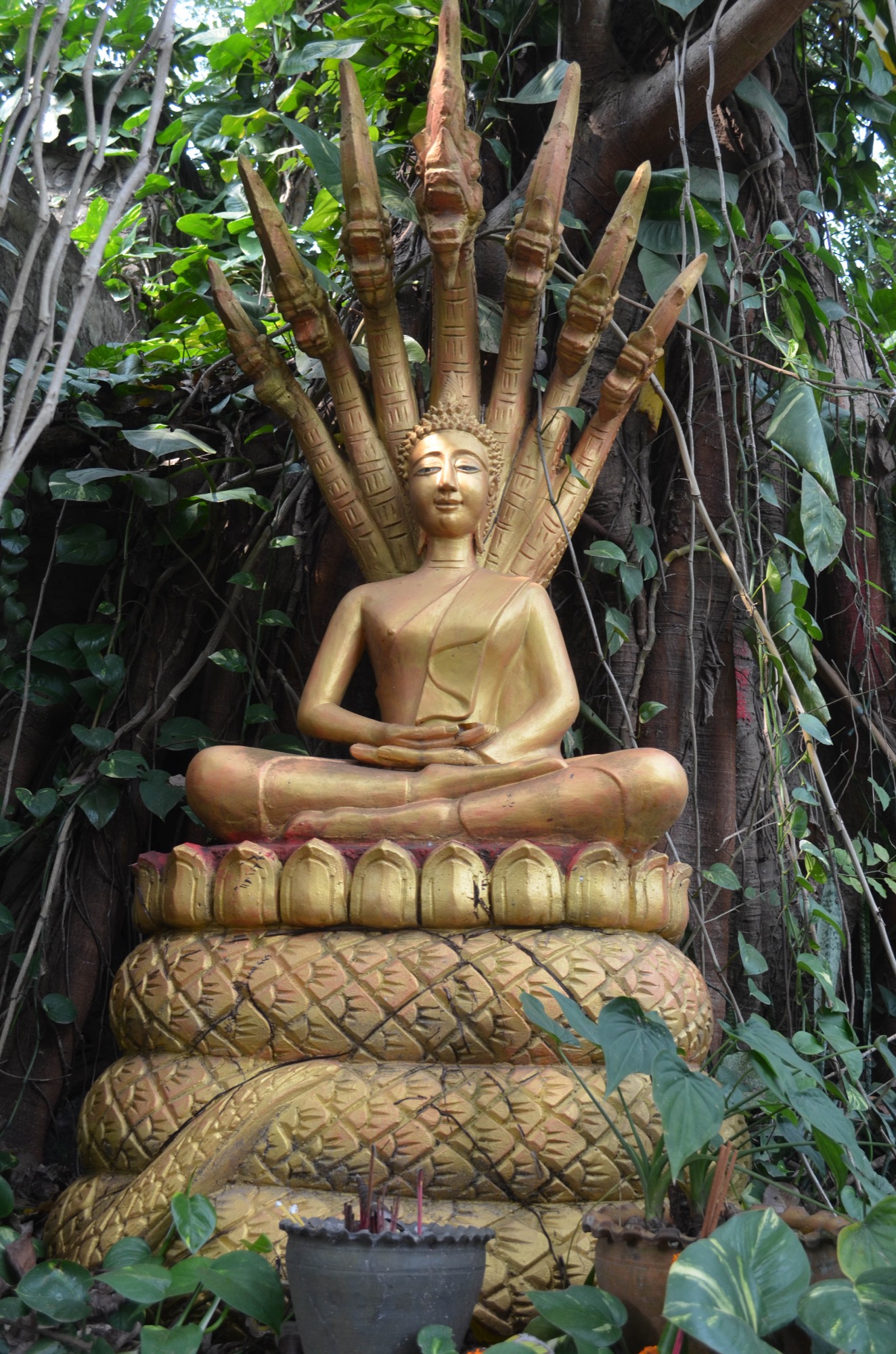
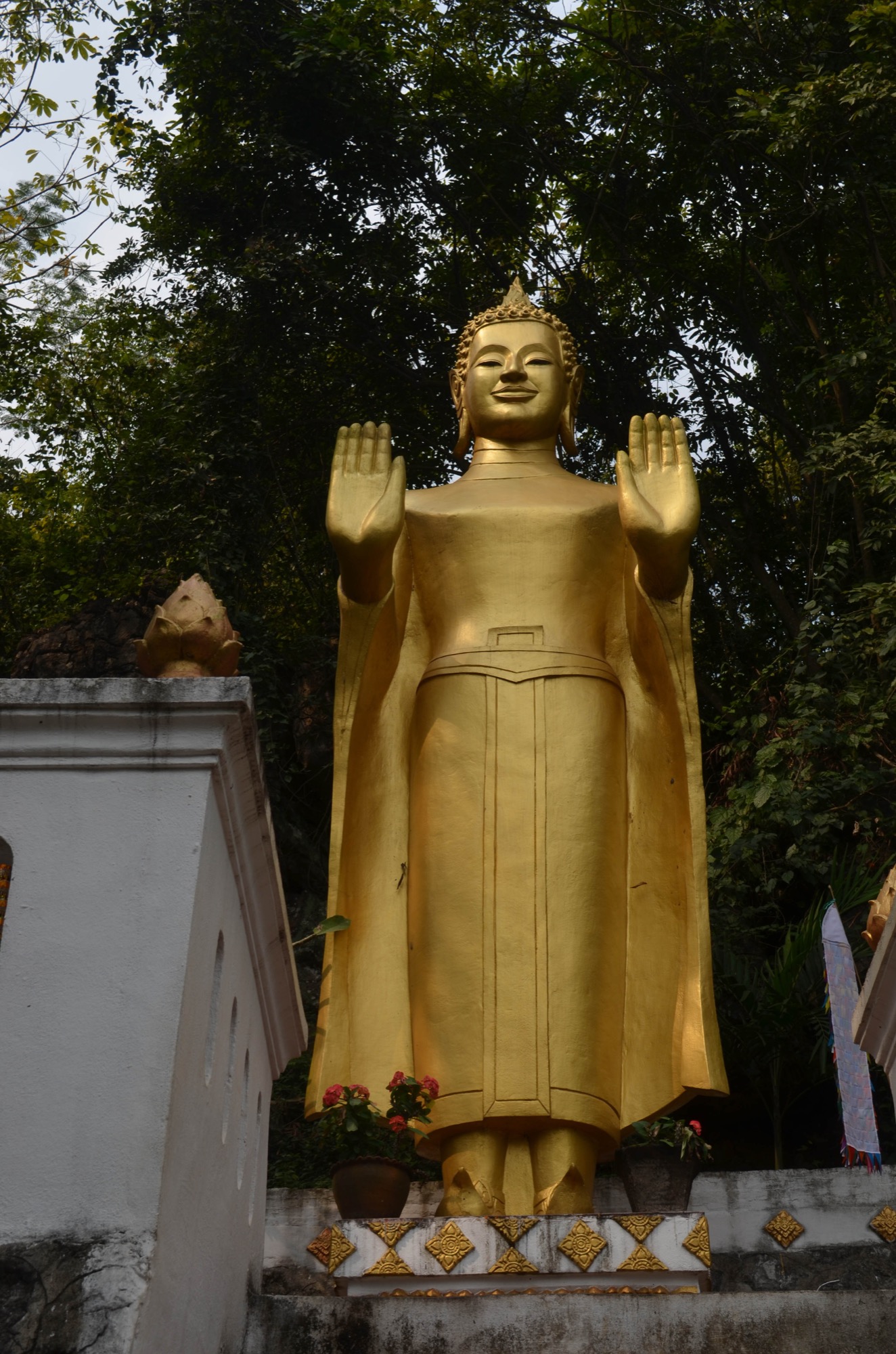


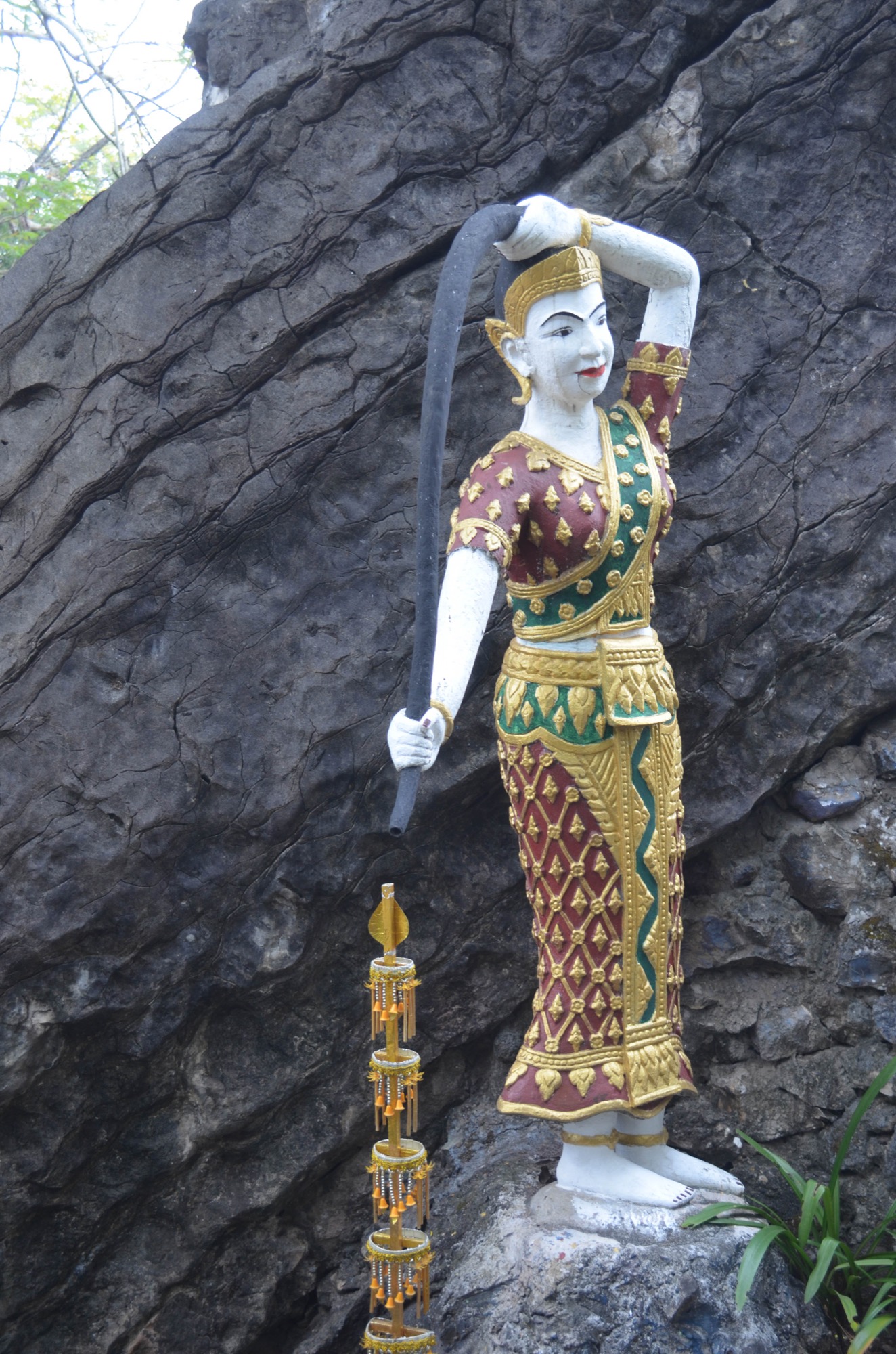


We flew from Laos to Vietnam and our first stop was Hanoi. The Sofitel Legend Metropole Hotel was wonderful.
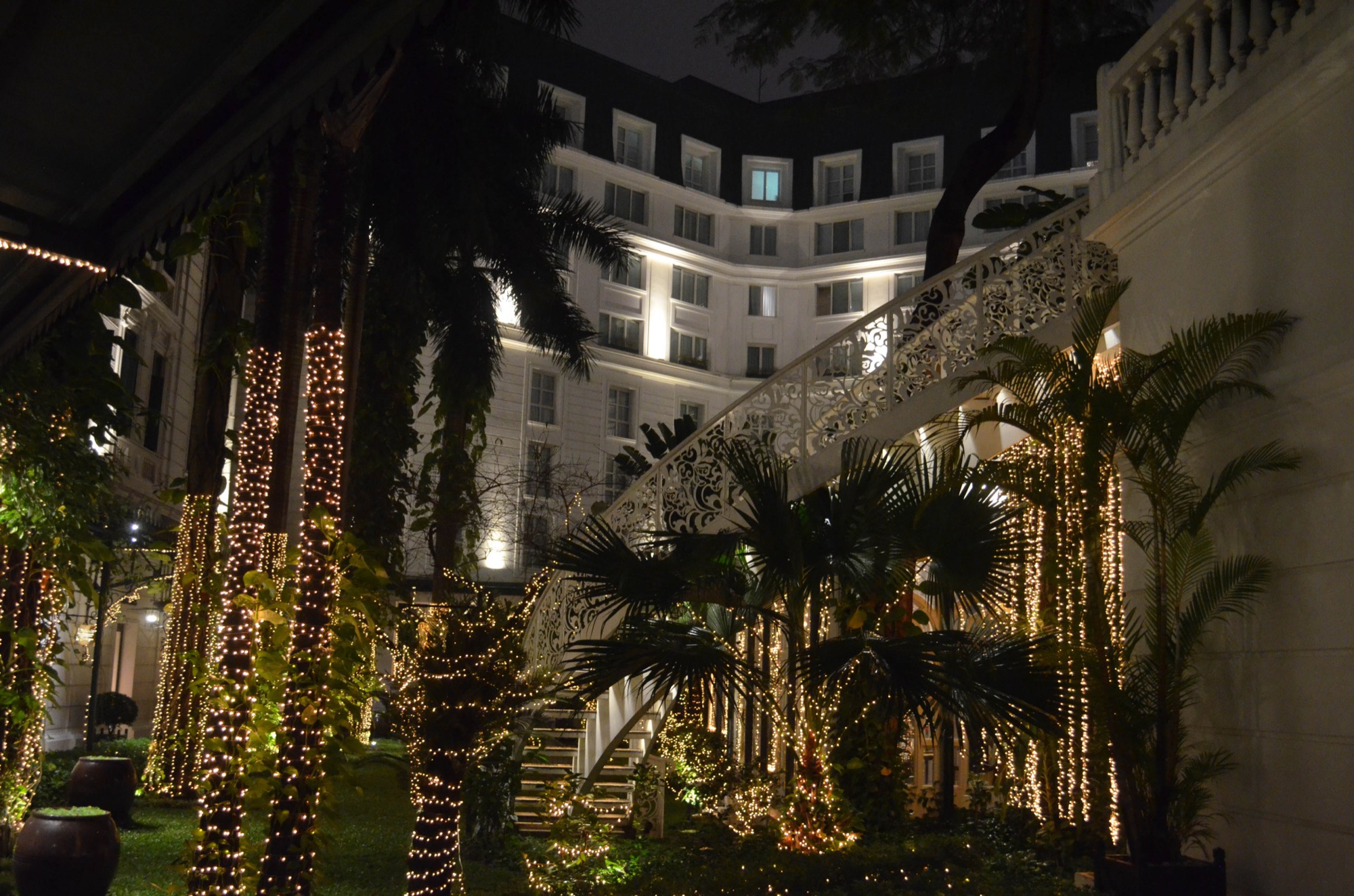



The Ho Chi Minh mausoleum, which was named the 6th most ugly building in the world by CNN, is located in the square where Ho read Vietnam's Declaration of Independence in September of 1945.
The mausoleum is the final resting place for Ho's preserved embalmed body which is on display in a glass case with dimmed lights.



The palace was built by the French in the early 1900s for the French governor-general. After 1954, when Vietnam declared its independence, Ho Chi Minh refused to live in the palace and had a traditional Vietnamese house on stilts built on the property along with a carp pond. Currently, the palace is used for ceremonial purposes.

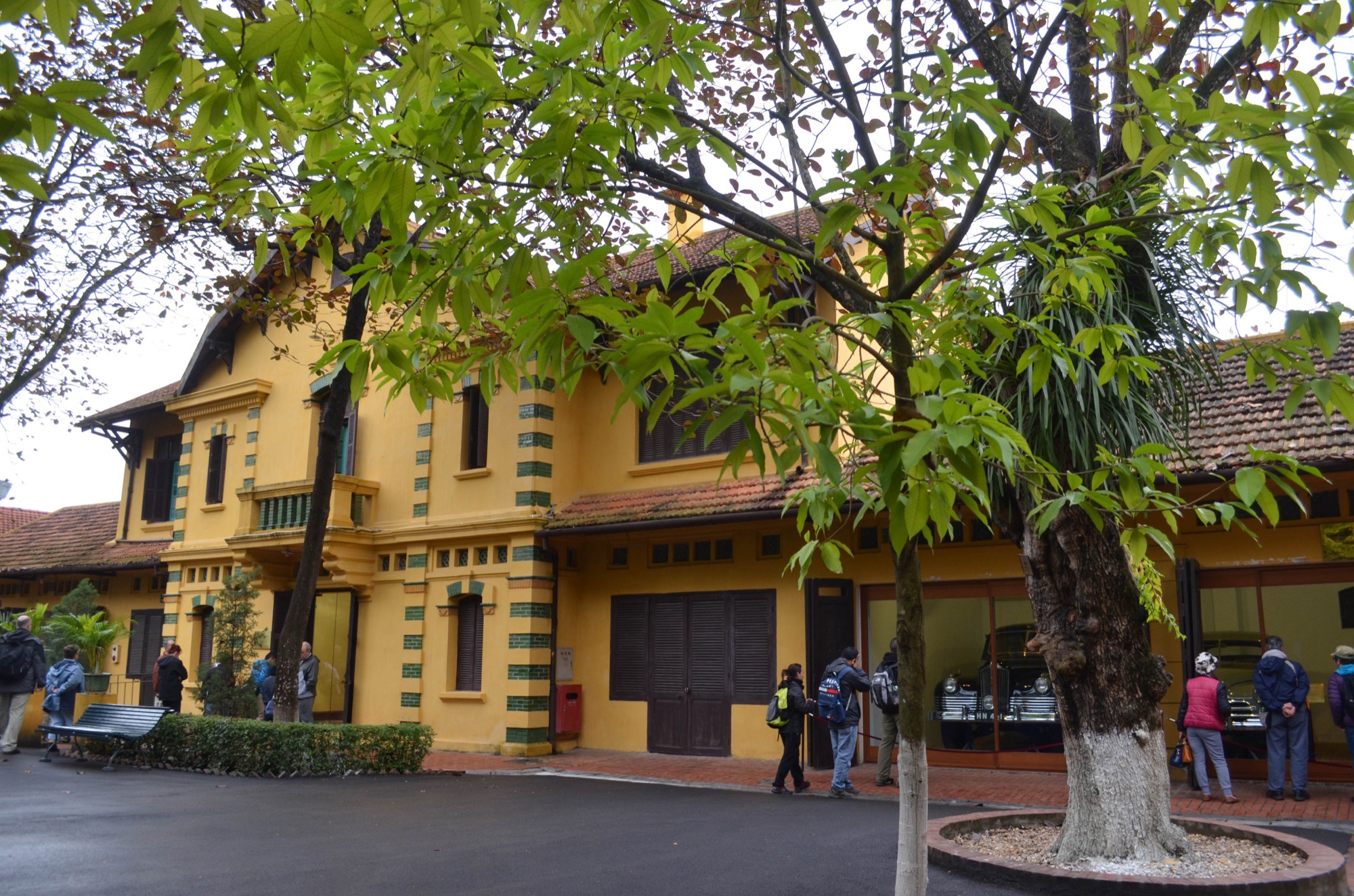




Ho Chi Minh's stilt house has living quarters and an office upstairs and the bottom floor, which has no walls, has a large dining/conference table. The house has a lovely view of the carp pond.


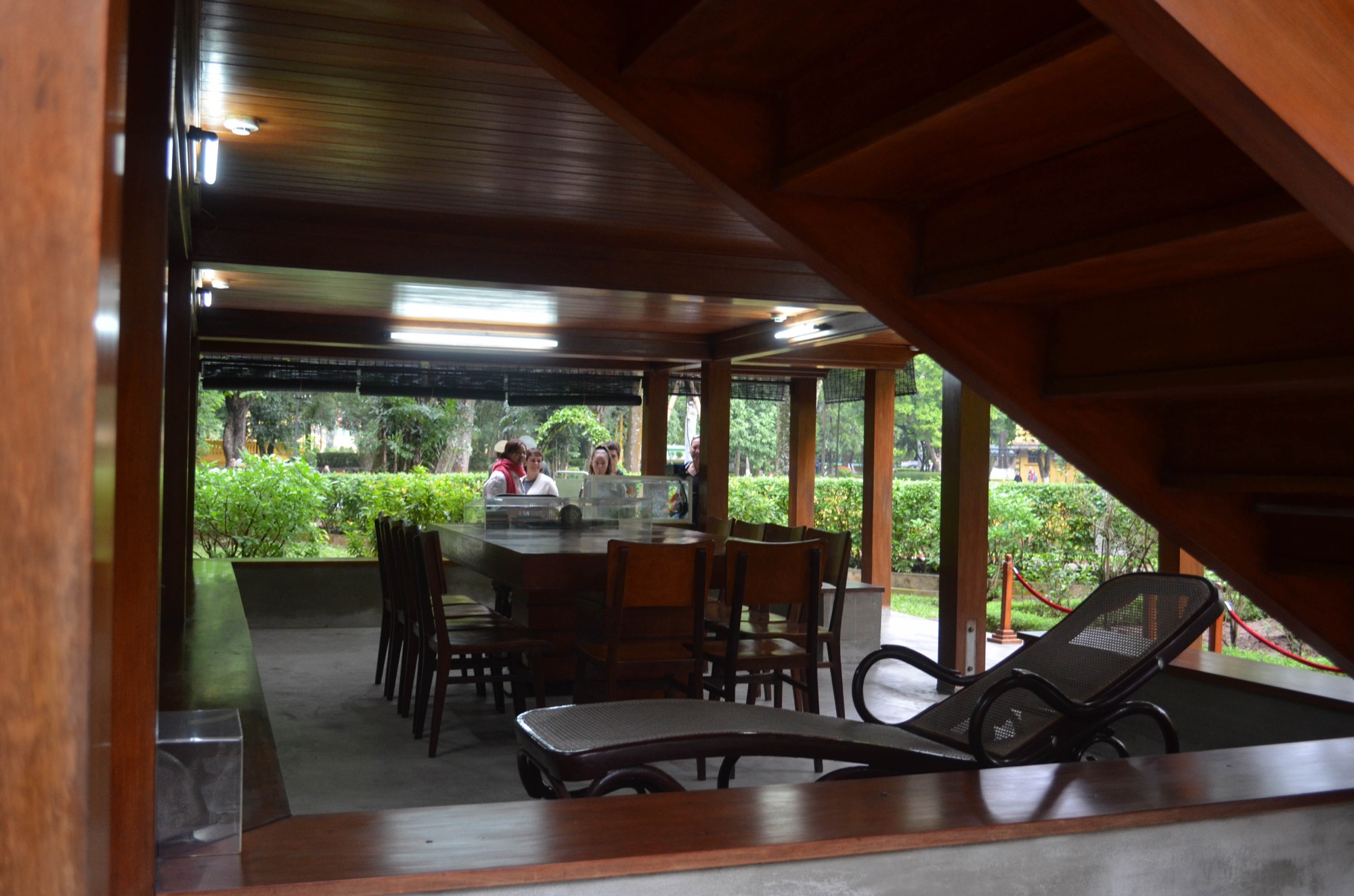

The pagoda was built in 1049 by an emperor to show his gratitude for the birth of his son. It was built, following a design that he saw in a dream, with one pillar in a lotus pond. The temple is shaped like a lotus flower, the symbol of purity in the Buddhist religion.

